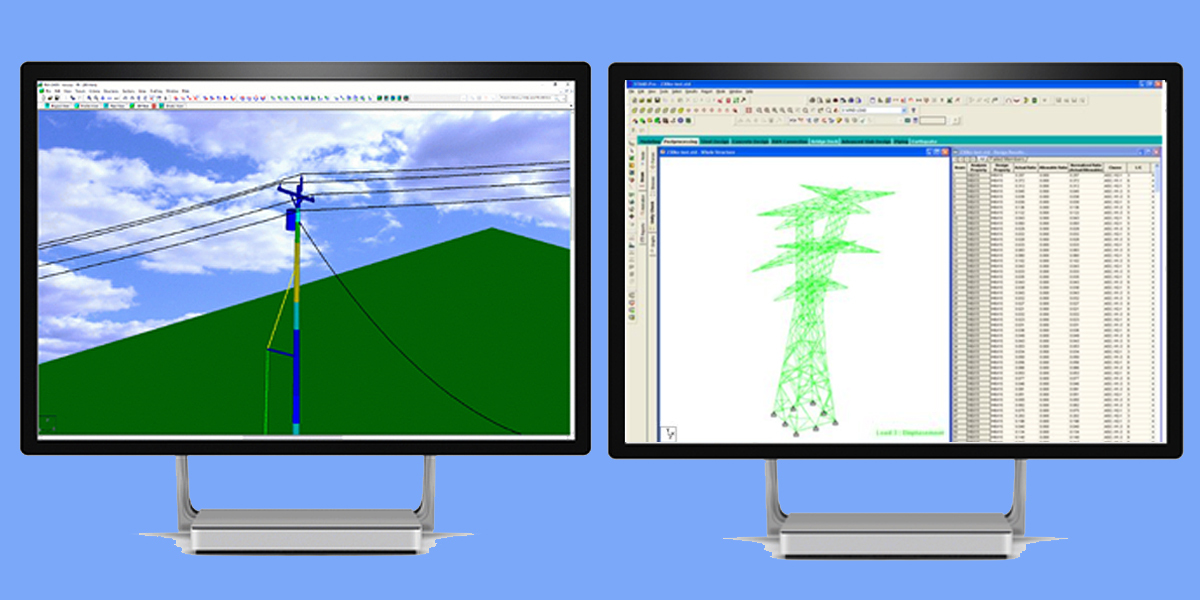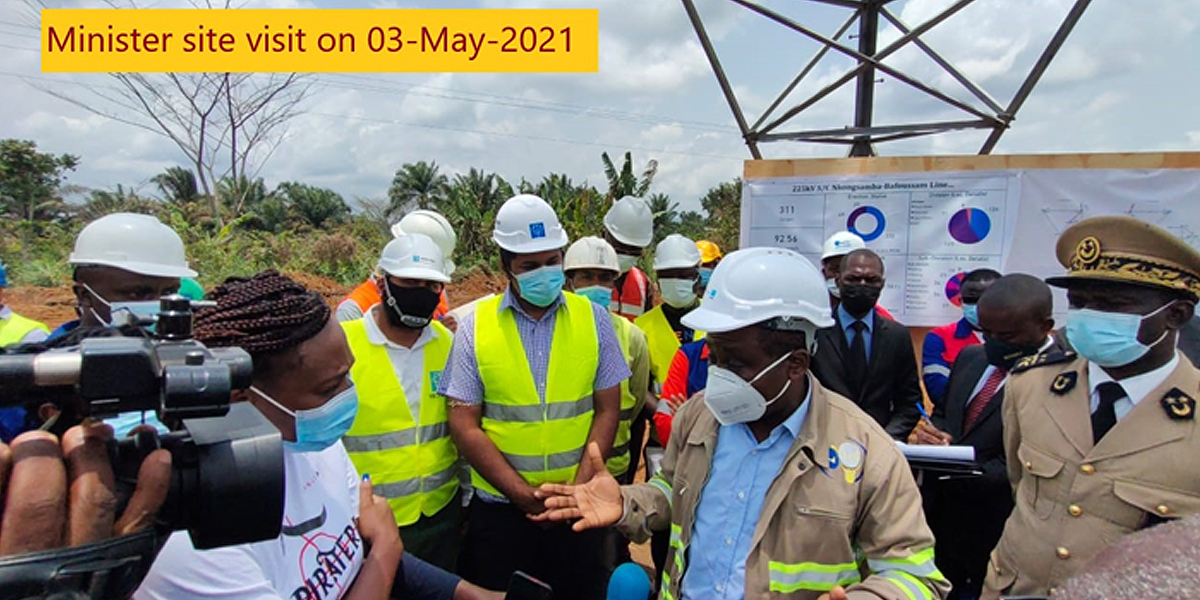Brian Rock relates how leveraging new technology significantly reduced project time, costs, and the carbon footprint to provide a reliable electricity supply to impoverished regions of Cameroon

Spanning several regions of Cameroon where 55% of the population live in poverty, grid connectivity is limited, and power supply unreliable, this project will extend the country’s electricity network. It plans to build two, 225-kilovolt, single-circuit transmission lines and supporting substations. Upon completion, the new infrastructure will enhance grid connectivity and improve regional access to a sustainable power supply. It will promote industrialisation, economic growth, and better quality of life, while reducing environmental impact.
Kalpataru Projects International Limited (KPIL) is delivering the project from design through construction and commissioning. The company, based in India, was responsible for arranging 297 kilometers of linear transmission line and extending two strategic substations required to connect the new lines. Spread across swampy areas and dense forests prone to inclement weather, the project presented difficult terrain and climate. “Tropical climate, inclement weather, and floods make for only four months of dry working conditions,” said Raghu Ram, senior vice President and project head at KPIL.
A Legacy project management approach
Faced with site constraints and only a short window of mild weather, KPIL realized that its manual workflows would not suffice. “[We] had multiple data sources data, including usages of [Microsoft] Excel [spreadsheets] and manual data, creating challenges [that] needed to be addressed,” said Ashok Kumar, vice president and head of innovation and strategy at KPIL. Confronted with data management, design, and technical challenges, KPIL sought to improve its existing project management approach and digitise project delivery with user-friendly applications to easily achieve buy-in from those resistant to change.
KPIL tried using a general Excel-based planning approach for on-the-ground planning and execution. However, this approach lacked integration and the comprehensiveness to accommodate the dynamic nature and complexities of the large-scale project. It needed to streamline workflows among the geographically dispersed team, facilitate accurate data capture, and coordinated design, and implement progress and schedule monitoring, as well as foster engagement among the team and stakeholders. To overcome these challenges, KPIL needed an integrated technology solution to establish a connected data environment and digital twins.
Leveraging Bentley applications to digitalise delivery
KPIL selected Power Line Systems (PLS) and STAAD for transmission line layout, substation design, and structural analysis, as well as nPulse as the collaborative project management platform. Using Bentley’s applications, they created a digital twin of the transmission lines and substation buildings, relying on them for engineering and project management. Working in a connected digital environment facilitated data integration and accurate and streamlined modeling workflows, which were critical to overcoming the engineering and collaboration challenges amid the difficult terrain and the globally dispersed team. “Bentley [technology] helped model the transmission lines through the rough terrain and install the tallest—86 meters high—tower in Cameroon [across] the river to minimize impact on forest and aquatic life,” said Kumar.

As part of its digital initiatives, KPIL developed 16 immersive virtual reality trainings in 20 different languages, fostering personnel and stakeholder buy-in to its technology-driven approach. Artificial intelligence (AI) and Internet of Things (IoT) technologies were integrated to establish an analytics platform and single source of truth, providing digital visibility and automated insight. The platform helped identify and resolve potential on-site issues and mitigate risks. The digital twin solution enabled real-time holistic project monitoring, as well as performance and quality management, throughout design, engineering, procurement, and commissioning for full lifecycle digital delivery. “[Our] digital initiatives covered the entire project value chain, including engineering, design, and centralised project management,” said Kumar.

Digital Twins drive intelligent workflows and sustainability
“Bentley applications helped us improve efficiency, reduce project delays, and [enable] risk mitigation,” said Kumar. Establishing digital twins in a connected data environment promoted intelligent workflows and decision-making, resulting in cost-effective route optimisation that has reduced costs and minimised impact on the environment and residential areas. Compared to previous manual methods, the Bentley-based technology solution reduced project completion by approximately 9% and saved 6% in overhead and subcontracting costs. Through digital progress and resource monitoring, KPIL saved resource hours and reduced on-site personnel by about 6% and costs associated with rework by 2.5%, while improving quality of deliverables.
“[Our] digital technology initiatives have not only contributed to operational improvement and financial savings, but also resulted in ESG improvements,” said Kumar. Using the digital twins to monitor materials and fuel consumption, KPIL reduced in-situ casting of the concrete tower foundation and diesel fuel consumption, minimising the project’s carbon footprint. This 225-kilovolt transmission line project eliminated usage of diesel power generation in the region, reducing carbon emissions equivalent to 450 megatons per month. Their digital initiatives facilitated timely completion of a critical national project, delivering sustainable power supply to indigent regions of Cameroon.

Brian Rock is the industry marketing director for energy at Bentley Systems. He has overseen the integration of key energy-related acquisitions for Bentley, including Power Line Systems, SPIDA, and EasyPower.
© 2023 Bentley Systems, Incorporated. Bentley, the Bentley logo, EasyPower, nPulse, Power Line Systems, SPIDA, and STAAD are either registered or unregistered trademarks or service marks of Bentley Systems, Incorporated or one of its direct or indirect wholly owned subsidiaries. All other brands and product names are trademarks of their respective owners.
Subscribe to our newsletter
Stay updated on the latest technology, innovation product arrivals and exciting offers to your inbox.
Newsletter

